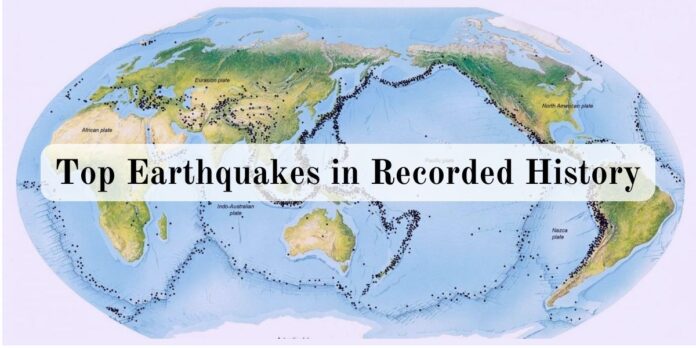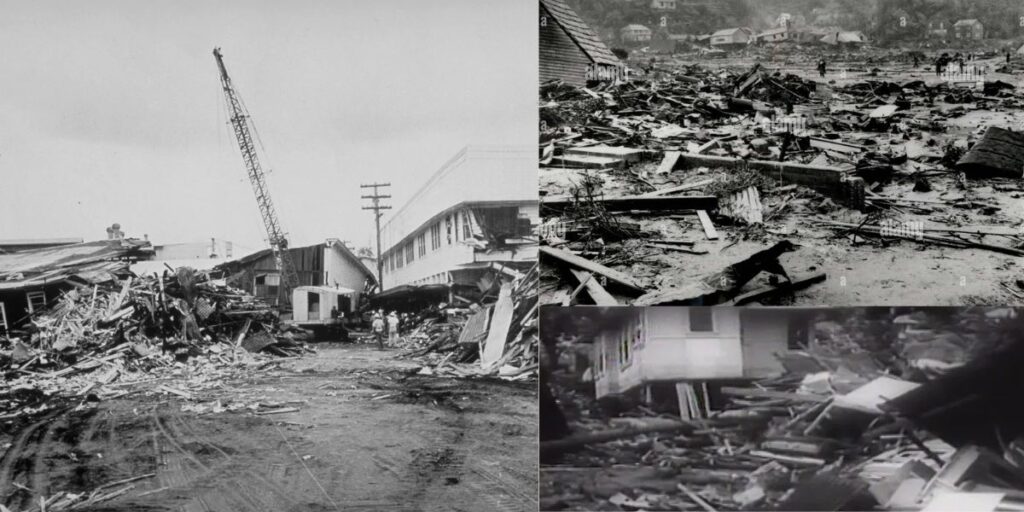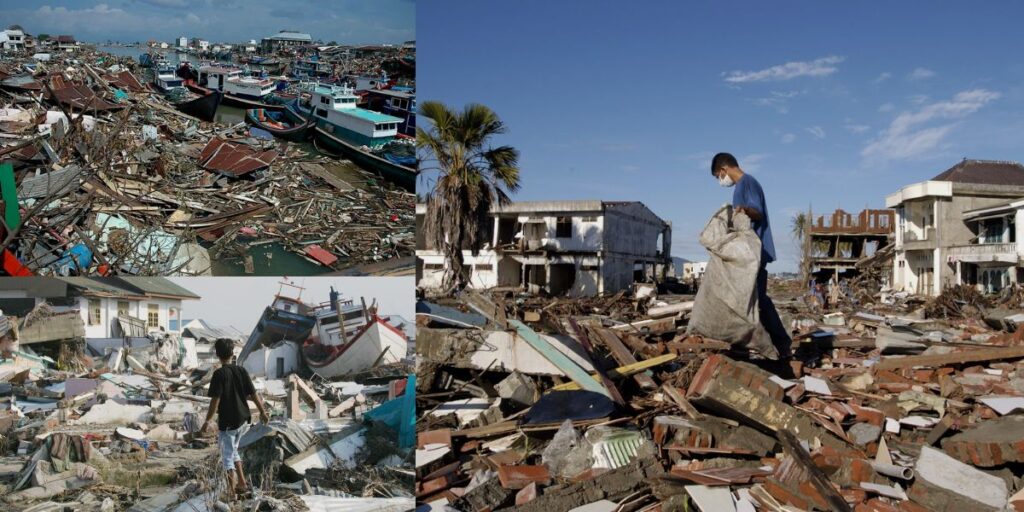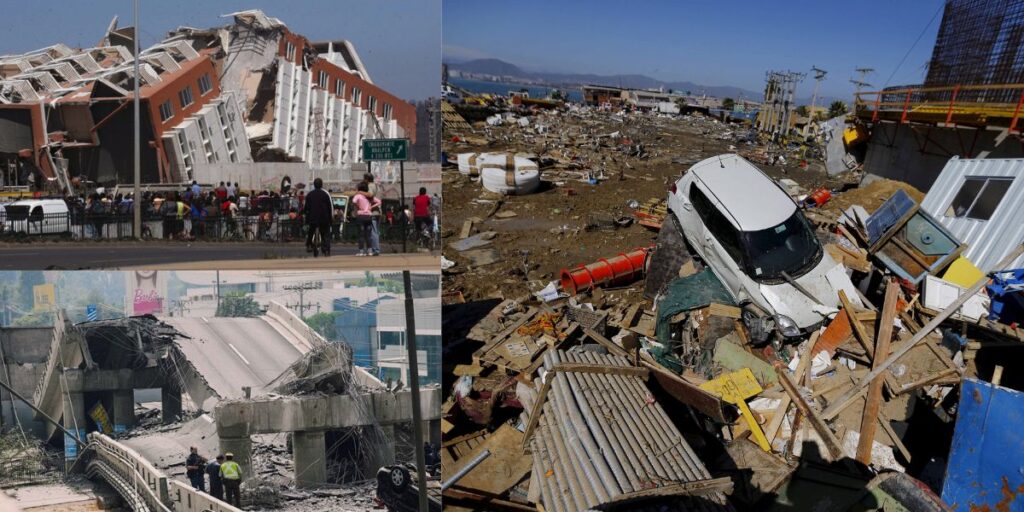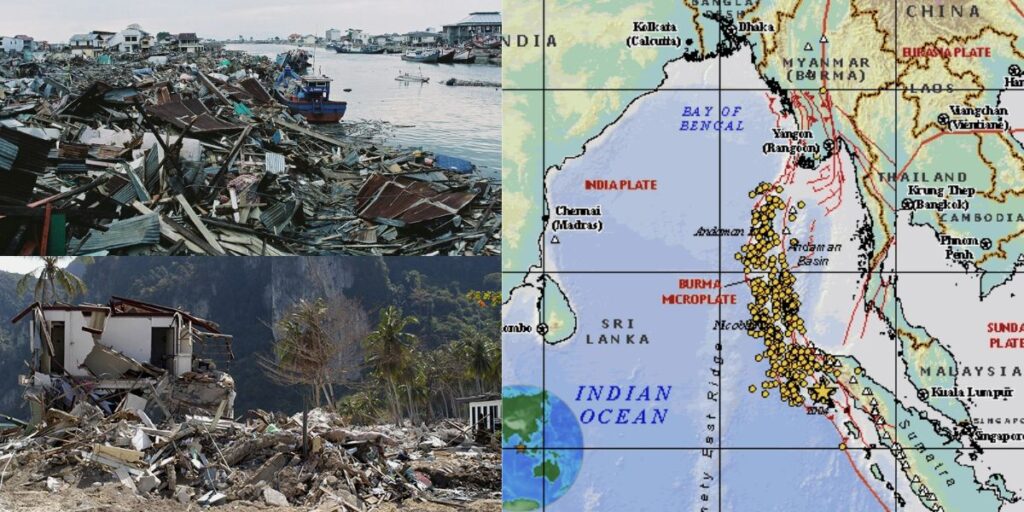Earthquakes are one of the most powerful and awe-inspiring forces of nature, capable of causing widespread devastation and reshaping landscapes in a matter of moments. Throughout history, certain earthquakes have stood out for their immense magnitude, impact on human civilization, and scientific significance. Here, we delve into the top earthquakes in Earth’s history, showcasing the seismic events that have left an indelible mark on our planet and our understanding of tectonic processes.
Valdivia Earthquake (1960)
The Valdivia Earthquake, which struck Chile on May 22, 1960, remains the strongest earthquake ever recorded. With a magnitude of 9.5, this megathrust earthquake unleashed tremendous energy, causing widespread destruction across southern Chile and triggering tsunamis that traveled across the Pacific Ocean. The Valdivia Earthquake underscored the immense power of subduction zone quakes and contributed significantly to the study of plate tectonics.
Great Alaska Earthquake (1964)
On March 27, 1964, the Great Alaska Earthquake rocked the state of Alaska with a magnitude of 9.2. This massive earthquake caused extensive damage, including landslides, liquefaction, and tsunamis. The earthquake lasted nearly four minutes, making it one of the longest ever recorded. The Great Alaska Earthquake provided crucial data on the behavior of megathrust faults and informed subsequent seismic building codes and hazard preparedness strategies.
Indian Ocean Earthquake and Tsunami (2004)
The Indian Ocean Earthquake, which occurred on December 26, 2004, off the coast of Sumatra, Indonesia, ranks as one of the deadliest natural disasters in modern history. This undersea megathrust earthquake had a magnitude of 9.1–9.3 and generated massive tsunamis that devastated coastal communities around the Indian Ocean, claiming hundreds of thousands of lives. The tragedy spurred international efforts to improve tsunami warning systems and disaster response coordination.
Tohoku Earthquake and Tsunami (2011)
The Tohoku Earthquake, also known as the Great East Japan Earthquake, struck off the east coast of Japan on March 11, 2011, with a magnitude of 9.0. This megathrust earthquake triggered a powerful tsunami that inundated coastal areas, causing widespread destruction and leading to the Fukushima Daiichi nuclear disaster. The Tohoku Earthquake highlighted the importance of advanced early warning systems and reinforced the need for preparedness in earthquake-prone regions.
Chile Earthquake (1960)
Before the Valdivia Earthquake, Chile experienced another devastating earthquake in 1960 with a magnitude of 9.5. This event, often called the “Great Chilean Earthquake,” affected a vast area of Chile and generated destructive tsunamis that reached distant shores, including Hawaii and Japan. The seismic activity associated with this earthquake contributed significantly to the understanding of subduction zone dynamics.
Kamchatka Earthquake (1952)
The Kamchatka Earthquake, occurring on November 4, 1952, in the Kamchatka Peninsula of Russia, had a magnitude of 9.0. This powerful earthquake triggered a significant tsunami that traveled across the Pacific Ocean, reaching Hawaii and the West Coast of the United States. The Kamchatka Earthquake highlighted the global reach of large subduction zone earthquakes and their potential to generate far-reaching tsunamis.
Sumatra-Andaman Earthquake (2005)
Following the devastating Indian Ocean Earthquake in 2004, the Sumatra-Andaman Earthquake struck on December 26, 2005, near the same region with a magnitude of 9.1–9.3. Although not as catastrophic as its predecessor, this earthquake reignited concerns about seismic activity in the area and reinforced the ongoing efforts to enhance regional earthquake and tsunami monitoring systems.
Conclusion:
These earthquakes represent some of the most significant seismic events in recorded history, each leaving a profound impact on our understanding of earthquake processes and the need for robust disaster preparedness. While these events have caused immense devastation, they have also spurred advancements in seismology, structural engineering, and emergency response capabilities, ultimately contributing to mitigating future earthquake risks.
It’s important to recognize that earthquakes are an inherent part of Earth’s dynamic geology, and continued research and preparedness are essential for safeguarding vulnerable communities against these formidable natural phenomena. By studying the lessons learned from past earthquakes, we can strive to build more resilient societies and reduce the impact of future seismic events on human lives and infrastructure.

